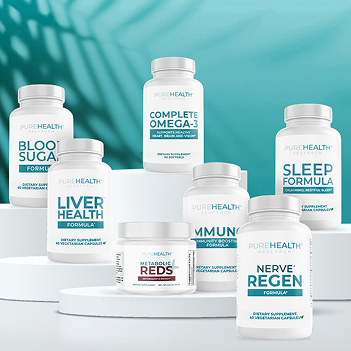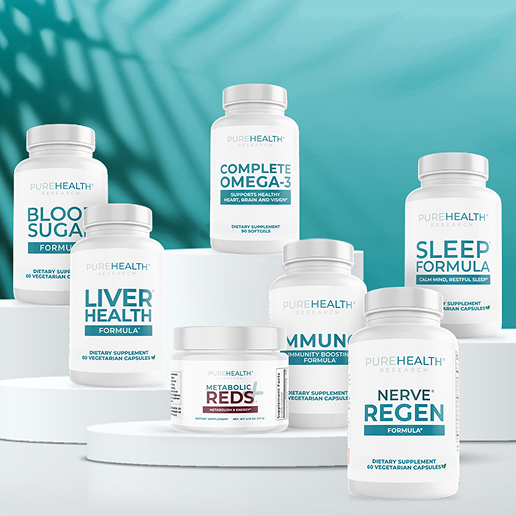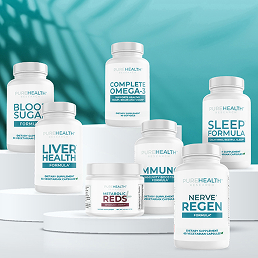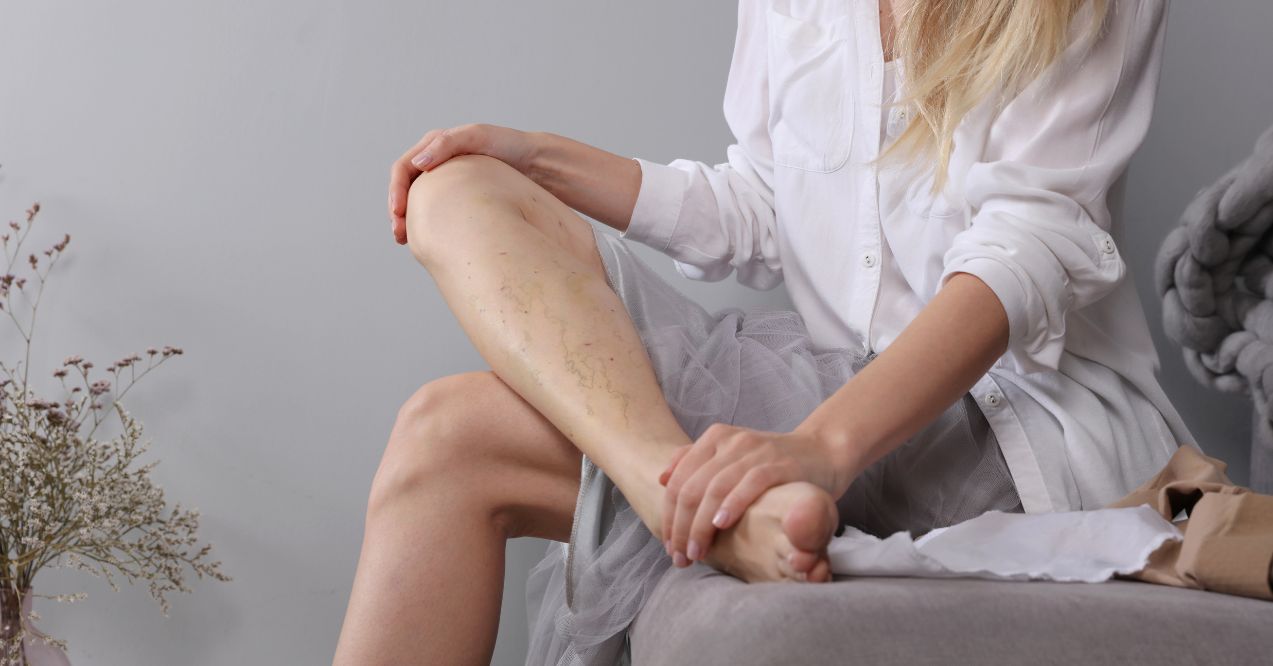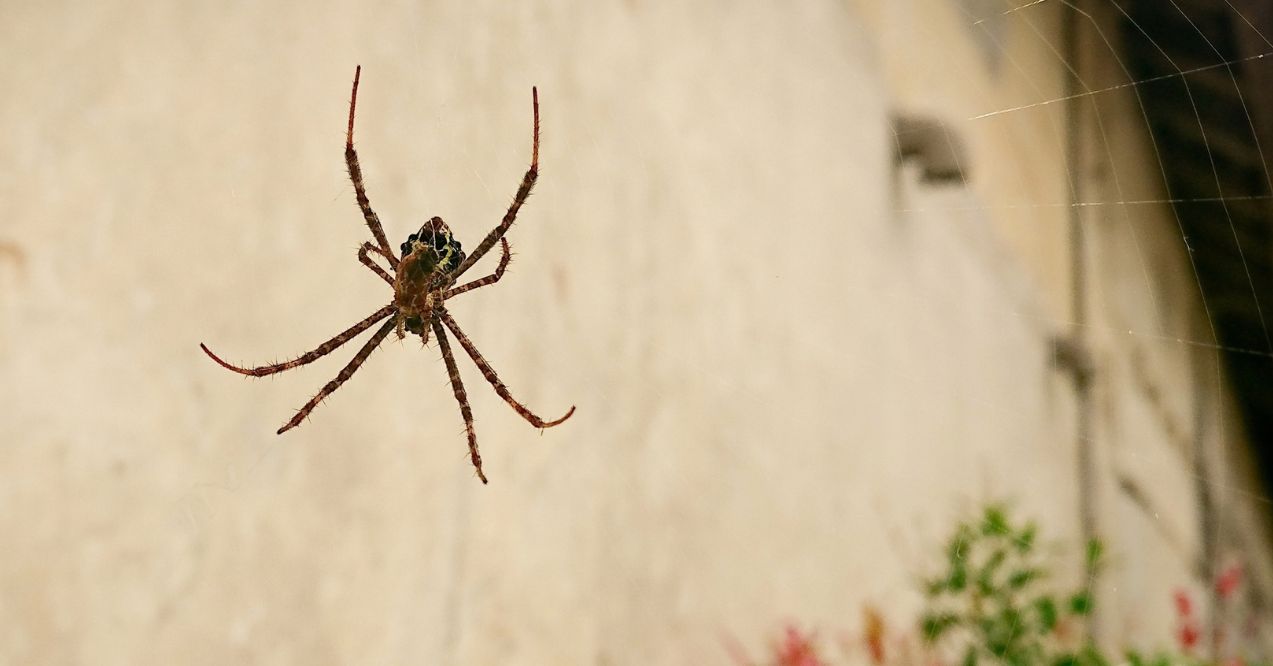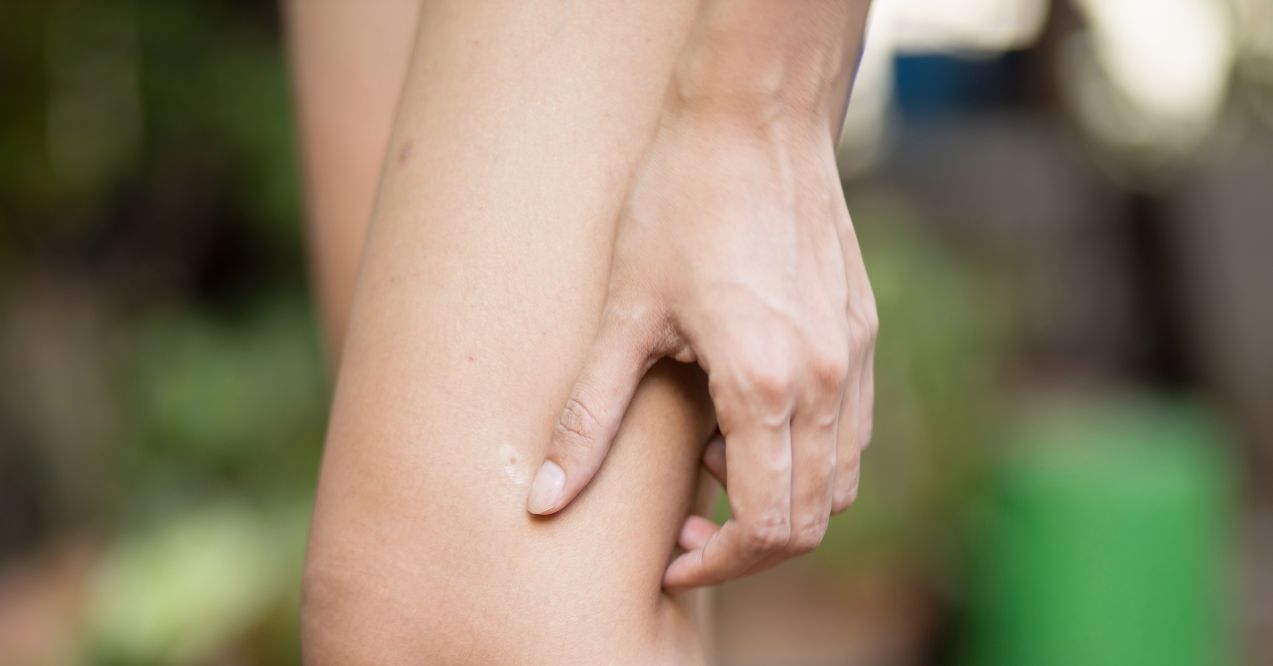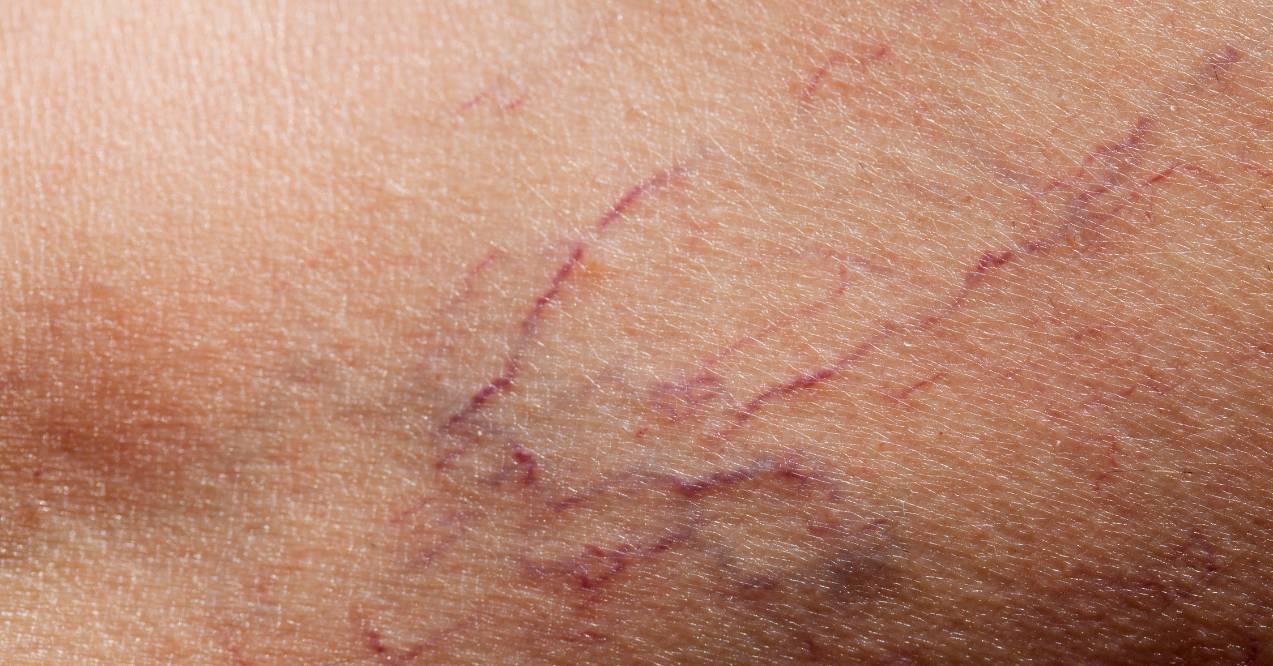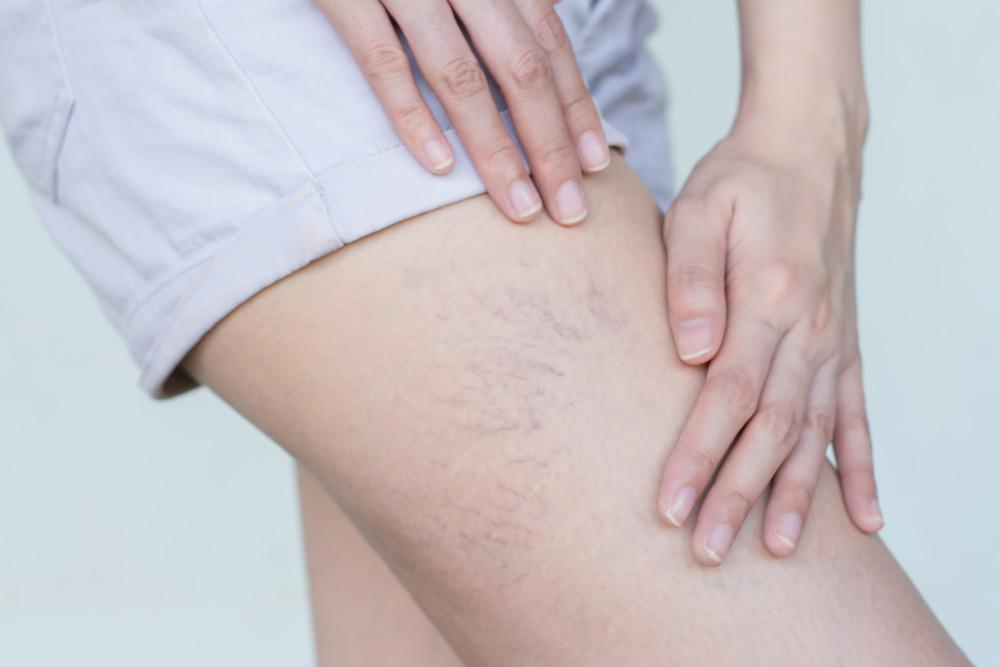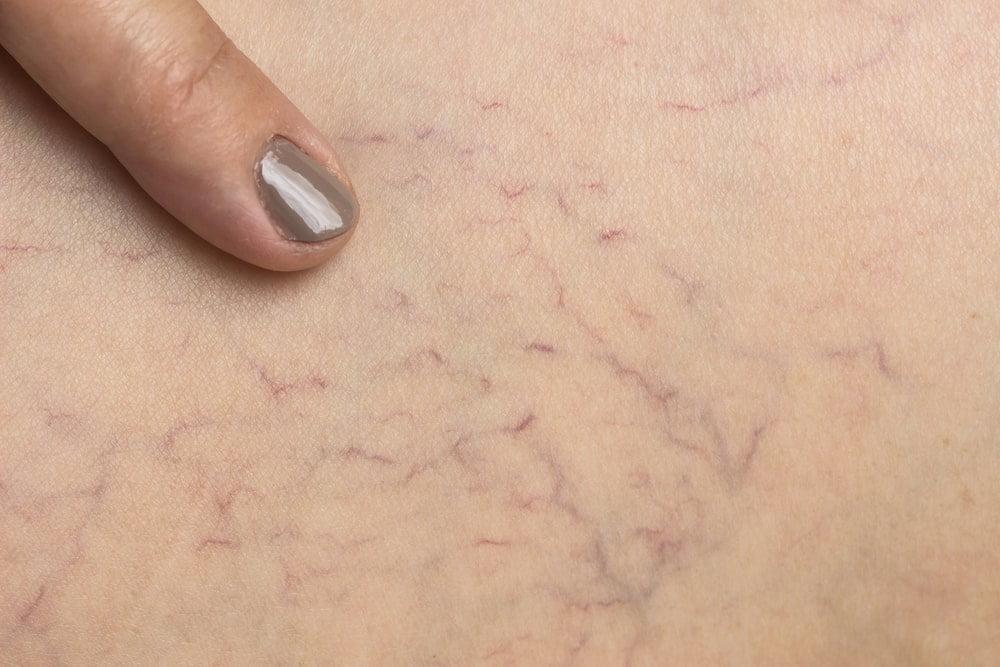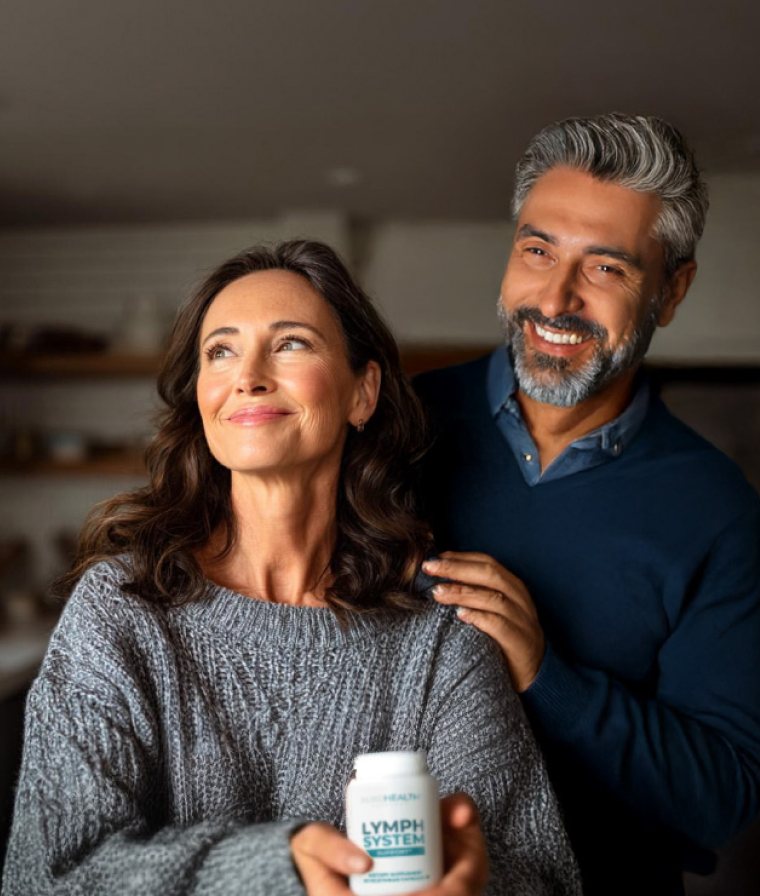Spider Veins vs Varicose Veins: The Main Differences
Find out what’s the difference between spider veins vs varicose veins in this exciting guide that clears up all your doubts!
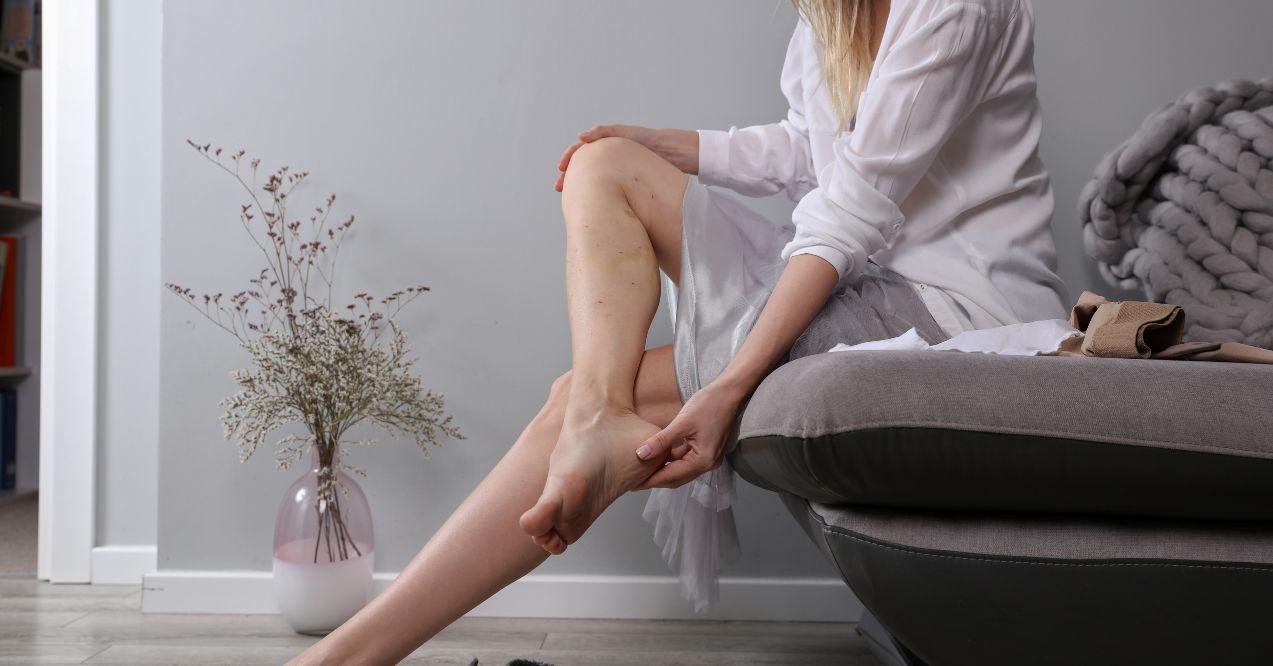

Spider veins vs. varicose veins – these two terms are frequently used interchangeably or misunderstood by many. It is not uncommon for people to assume that they both refer to the same issue: unsightly, swollen blood vessels in the legs.
However, as we delve deeper into the world of vein health, we will discover that these seemingly similar conditions are, in fact, distinct in nature. Understanding the difference between spider veins and varicose veins is not only crucial for those already experiencing these concerns but also for anyone seeking to maintain optimal blood flow health as they age.
While these conditions may not pose an immediate threat to life, their impact on physical appearance, comfort, and overall quality of life should not be underestimated. Spider veins and varicose veins often emerge as unwelcome companions in the journey of aging, and they can affect both men and women.
Therefore, in this blog post, we will unravel the mysteries of spider veins and varicose veins, examining their characteristics, causes, symptoms, and potential treatments
What Are Spider Veins?
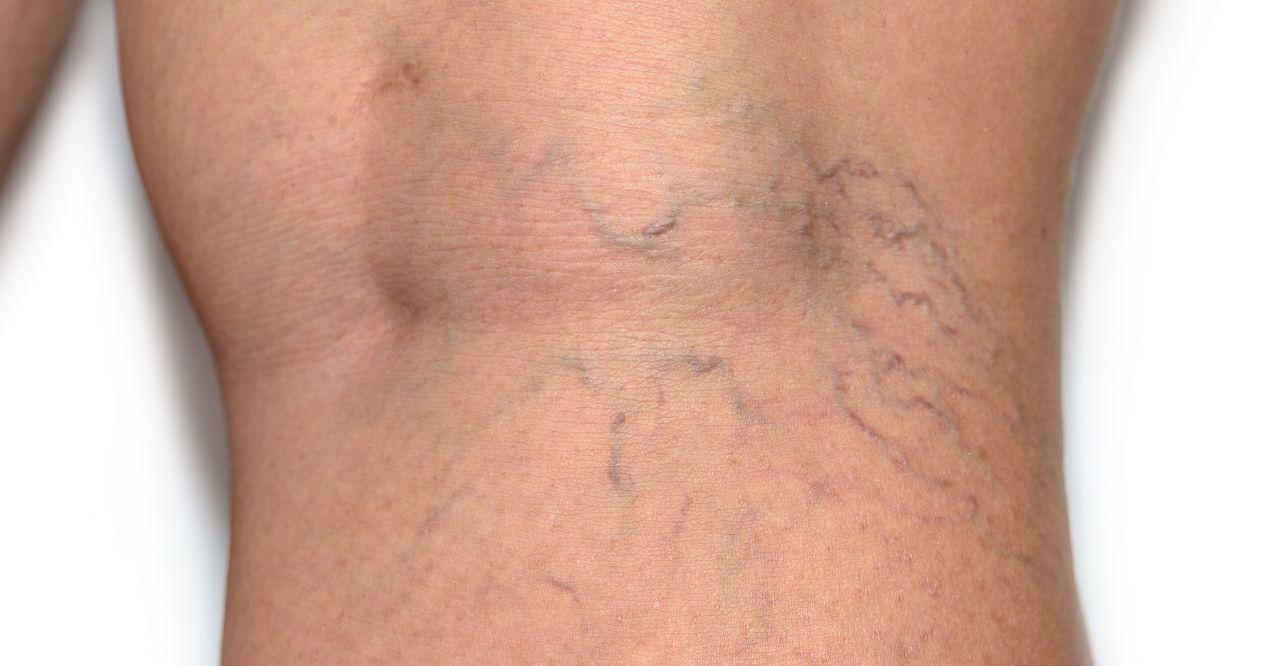
Spider veins, scientifically known as telangiectasia or angioectasias, are a common and typically harmless vascular condition characterized by their distinctive thin, web-like appearance just beneath the surface of the skin. These delicate veins are named “spider” due to their resemblance to a spider’s web or a branching pattern, which can vary in color from red to blue or even purple.
The question often arises: are spider veins dangerous? Generally, spider veins are not considered dangerous as they are primarily a cosmetic issue. However, they can sometimes signal underlying venous issues.
Moreover, while spider veins can occur anywhere on the body, they are most frequently observed on the legs and face. In the legs, they often appear as a network of fine, reddish or bluish lines or clusters, while on the face, they may manifest as tiny, visible blood vessels on the nose, cheeks, or chin.
This condition is more common in women than in men and is often associated with factors such as genetics, hormonal fluctuations, and prolonged periods of standing or sitting, which can increase pressure on the veins. While spider veins are generally not a cause for concern in terms of health, many individuals seek treatment for cosmetic reasons or to alleviate any discomfort or itching associated with them.
What Are Varicose Veins?
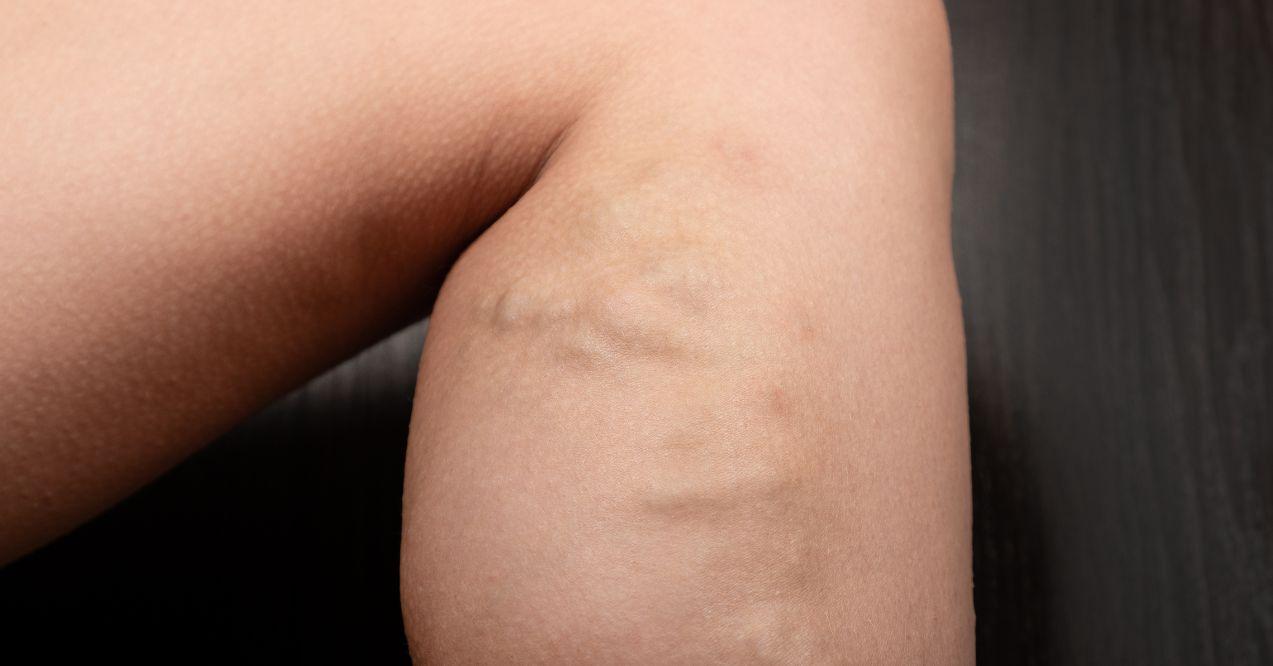
Varicose veins are enlarged vessels that typically appear bulging and twisted beneath the skin’s surface. To comprehend the development of varicose veins, it is essential to understand the basics of the venous circulatory system. In summary, veins are responsible for transporting blood from various body parts back to the heart.
Varicose veins develop when their specialized one-way valves fail to function correctly, allowing blood to pool or flow in the wrong direction. This leads to abnormal dilation and enlargement of the affected veins, resulting in their characteristic appearance. Although varicose veins can occur anywhere in the body, they are most commonly found in the legs due to the additional pressure exerted on the lower extremities when standing or walking.
Varicose veins are generally not life-threatening; however, they can cause discomfort, aches and swelling, prompting many individuals to explore treatment options for relief and an improved quality of life.
Similarities Between Spider and Varicose Veins
Despite their visually distinct appearances, knowing their main similarities also can be beneficial as it helps us to better understand their causes and to identify potential treatment options:
- Venous Insufficiency – Both spider veins and varicose veins stem from venous insufficiency, where compromised vein walls and valves hinder efficient blood return to the heart.
- Shared Risk Factors – Both spider veins and varicose veins share similar risk factors.
These similarities highlight the importance of vein health awareness and preventive measures among individuals at risk or currently experiencing these conditions.
Key Differences in Spider Veins vs Varicose Veins
Understanding the difference between spider veins and varicose veins is vital for tailored treatment and improved well-being.
- Size and Appearance – Spider veins are small, superficial veins close to the skin’s surface, resembling a spider’s web, while varicose veins are larger, raised, and bulging, giving them a distinct appearance.
- Depth and Discomfort – Spider veins are typically painless and superficial. Varicose veins, situated deeper within the tissue, can cause discomfort, aching, and swelling, potentially leading to more significant health issues.
- Health Implications – Spider veins are primarily a cosmetic concern. In contrast, varicose veins can have more substantial health implications, including obstructing blood flow problems and skin ulcers.
Symptoms of Spider and Varicose Veins
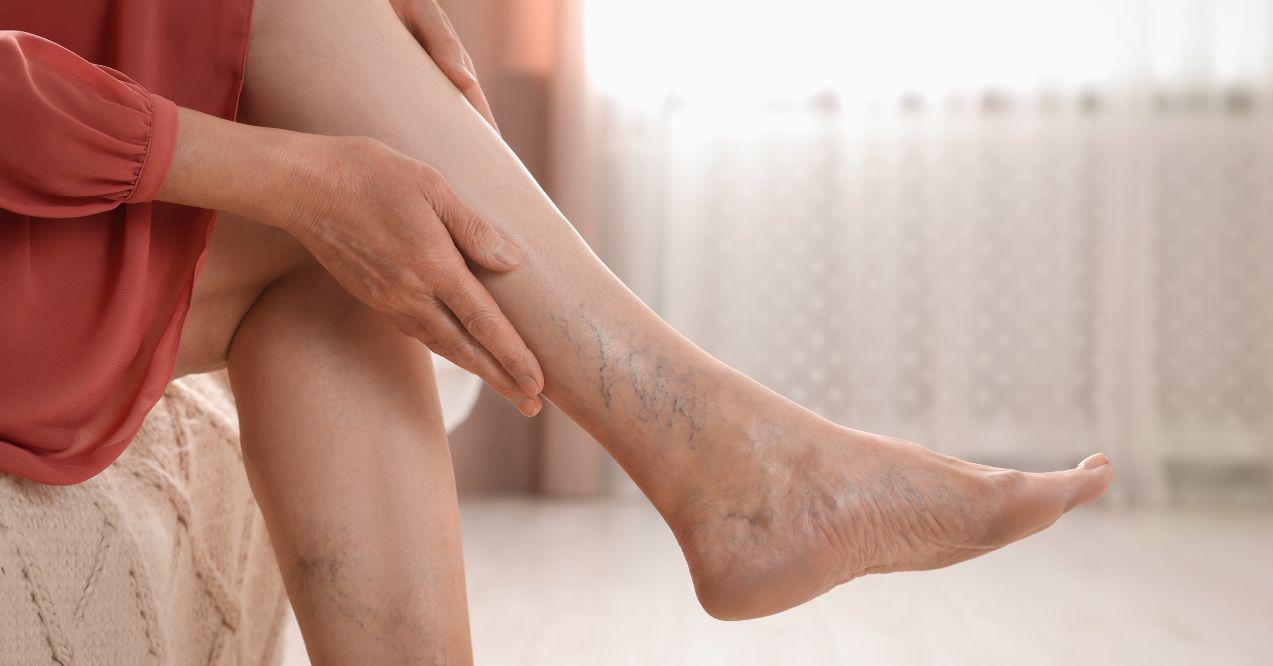
Both spider veins and varicose veins have distinct symptoms that can significantly impact daily life, especially as people age.
- Spider Veins Symptoms – Spider veins are typically painless; however, some individuals may experience mild itching or burning in the affected area.
- Varicose Veins Symptoms – In contrast, varicose veins often cause severe discomfort. Common symptoms include aching, swelling, throbbing, or a heavy sensation in the legs. These symptoms can worsen after extended periods of standing or sitting, making them relevant for those with sedentary lifestyles.
- Potential Complications – In severe cases, varicose veins can lead to skin changes, ulcers, or blood clots, requiring prompt medical attention.
Recognizing these symptoms is essential in addressing these venous conditions effectively and ensuring a better quality of life for those affected.
Risk Factors for Developing Spider and Varicose Veins
Recognizing and understanding the risk factors associated with spider and varicose veins is paramount for effective prevention and management of these venous conditions. A proactive understanding of these elements empowers individuals to take charge of their vein health and implement preventive measures. The following factors play a crucial role in determining the possibility of developing spider and varicose veins:
- Age
- Family History
- Obesity
- Sedentary Lifestyle
- Pregnancy
- Chronic Constipation
By recognizing these risk factors, individuals can take proactive steps to mitigate their impact and maintain optimal vein health.
Health Risks Associated with Varicose Veins
Untreated varicose veins can give rise to a range of serious complications that can significantly impact one’s health and quality of life. These complications include:
- Blood clots
- Bleeding
- Skin Ulcers
- Swelling and severe discomfort
- Skin color or texture changes
Therefore, understanding these potential complications underscores the importance of seeking timely medical intervention to address varicose veins and prevent the escalation of associated health risks.
Treatment Options for Spider and Varicose Veins
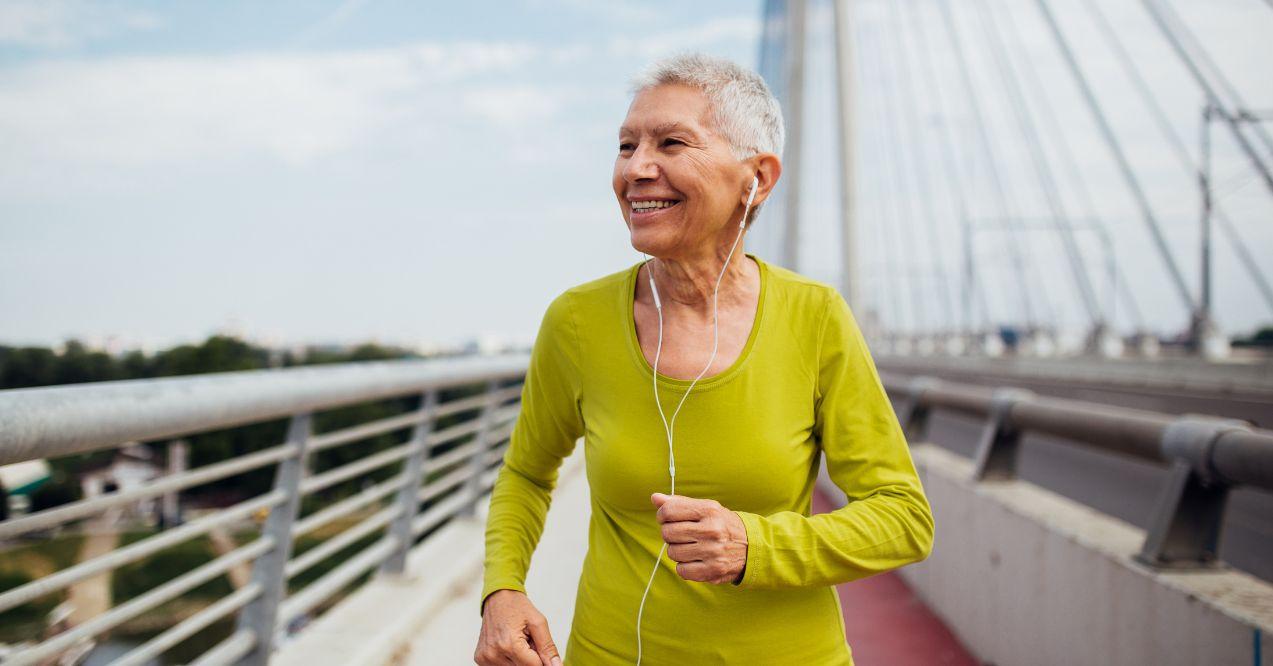
Spider veins vs. varicose veins: how to treat them? In short, both can be effectively managed with various treatment options. Here are various methods for addressing these venous conditions:
- Lifestyle Changes – A fundamental approach to managing spider and varicose veins is through lifestyle modifications. Regular physical activity, such as walking or swimming, can enhance blood vessel integrity and blood flow, reducing the severity of symptoms. Maintaining a healthy weight is also essential, as excess weight can put additional pressure on veins, exacerbating the condition.
- Sclerotherapy – This minimally invasive procedure involves injecting a special solution directly into the affected veins. The solution causes the vein to collapse and eventually fade from view. Sclerotherapy is particularly effective for treating spider veins on face and smaller varicose veins.
- Laser Therapy – Laser therapy employs concentrated light energy to target and eliminate spider veins. It is a non-invasive method that is often chosen for its precision and minimal discomfort.
- Surgery – In severe cases of varicose veins, surgical intervention may be necessary. Procedures like vein ligation or removal can help improve blood flow and alleviate symptoms.
It’s important to note that new veins may form after these procedures. Moreover, understanding how to cover spider veins on legs also can be valuable, offering individuals an additional strategy to enhance the appearance of their legs while awaiting or considering medical interventions.
Remember, consulting with a healthcare professional before treating spider veins is vital. Seeking medical advice ensures a comprehensive and effective approach to managing spider and varicose veins, ultimately improving overall vein health and quality of life
Preventing the Progression of Spider to Varicose Veins

Do spider veins turn into varicose veins? Preventing the progression from spider veins to more severe varicose veins involves a combination of general preventive measures. Regular exercise, elevation of legs, and wearing compression stockings can help alleviate symptoms and slow down the advancement of vein issues.
For those seeking an additional preventive measure, a supplement formulated to support vein and skin health, strengthen vein tone, reduce leakage, and swelling might be considered. Such a supplement could combine a blend of ingredients carefully designed to address various aspects of vein health.
However, it is essential to remember that before incorporating any new supplement into your routine, consulting with healthcare professionals is advisable. They can provide personalized guidance and ensure that the supplement aligns with your individual health needs and existing treatment plans. By combining general preventive strategies with potential supplementary support, individuals can take proactive steps towards maintaining healthy veins and reducing the likelihood of developing varicose veins.
Final Thoughts
Understanding the differences and similarities between spider veins and varicose veins is vital for effective management. While lifestyle changes and various treatments can address these conditions, consulting healthcare professionals is crucial for personalized advice. Early detection and management are key to maintaining optimal vein health and overall well-being.
While unsightly swollen veins may cause extreme discomfort and be difficult to resolve, best supplements for vein health do exist. If you are looking for a supplement to complement your well-being, a well-designed option to address the challenges of spider veins and varicose veins may be beneficial.
These supplements may help improve vein and skin health, strengthen the tone of your veins, reduce debilitating swelling and irritation, help you reclaim your energy and “lightness” in your legs, and reduce the risk of blood clot formations.
Moreover, the meticulously chosen ingredients in such supplements work synergistically to provide a comprehensive solution to vascular health. The supplement not only focuses on alleviating existing symptoms but also takes a proactive approach by targeting the root causes of vein-related issues. This dual-action formula makes it a valuable addition to your daily wellness routine.
For individuals who harbor concerns about spider veins and varicose veins, integrating a suitable supplement into their daily routine can represent a proactive measure in the pursuit of optimal vascular health. This approach offers a holistic method to well-being by addressing the root issues associated with vein-related challenges.
No, spider veins and varicose veins are not the same. Spider veins are smaller and closer to the skin’s surface. They are often red, blue, or purple in color. Varicose veins are larger and deeper in the skin. They are typically blue or purple in color.
Varicose veins can occur at any age, but they are more common in people over 50. They can be caused by a number of factors, including genetics, pregnancy, obesity, and standing for long periods of time.
Spider and varicose veins occur when the valves in the veins that help blood flow back to the heart weaken. This causes blood to pool in the veins, which can make them swell and bulge.
Sign up for our Healthy Living newsletter!
Advertisement. This site offers health, wellness, fitness and nutritional information and is designed for educational purposes only. You should not rely on this information as a substitute for, nor does it replace, professional medical advice, diagnosis, or treatment. If you have any concerns or questions about your health, you should always consult with a physician or other health-care professional. Do not disregard, avoid or delay obtaining medical or health related advice from your health-care professional because of something you may have read on this site. The use of any information provided on this site is solely at your own risk.
